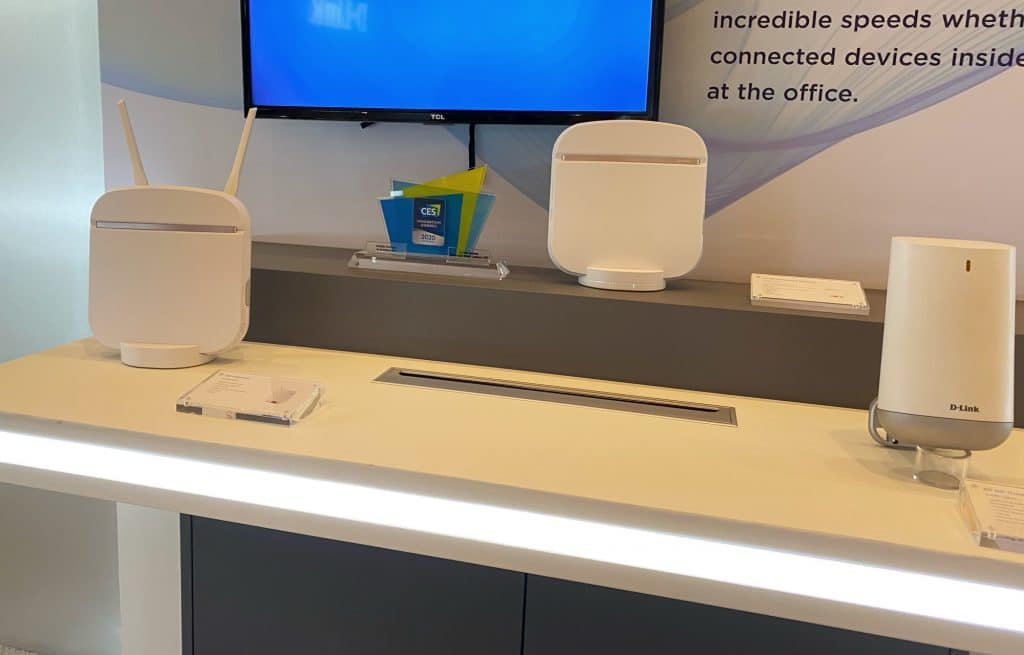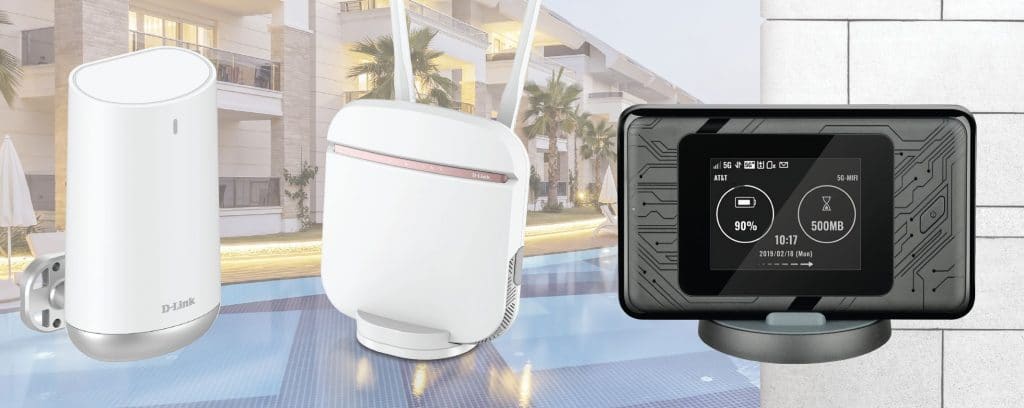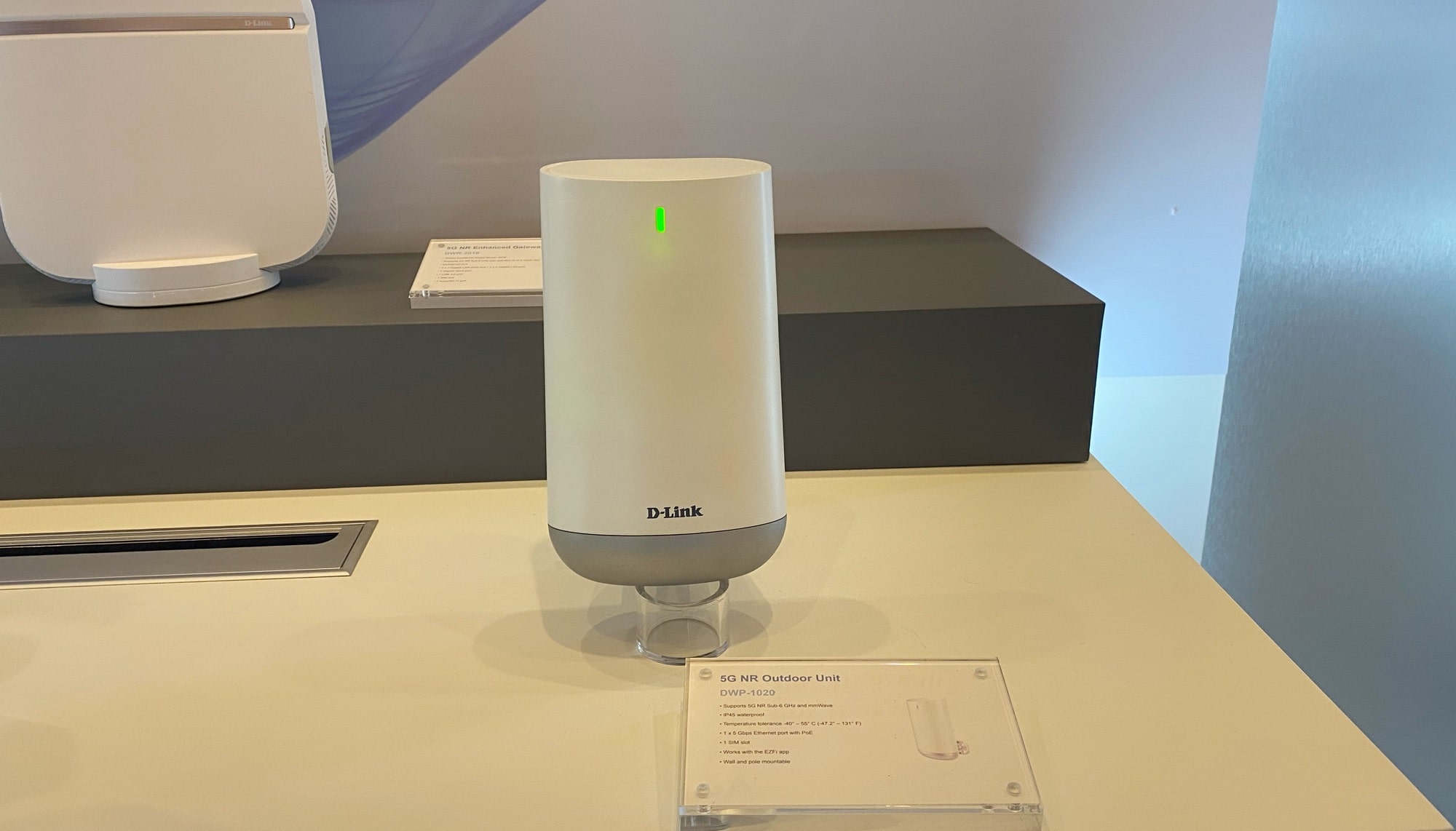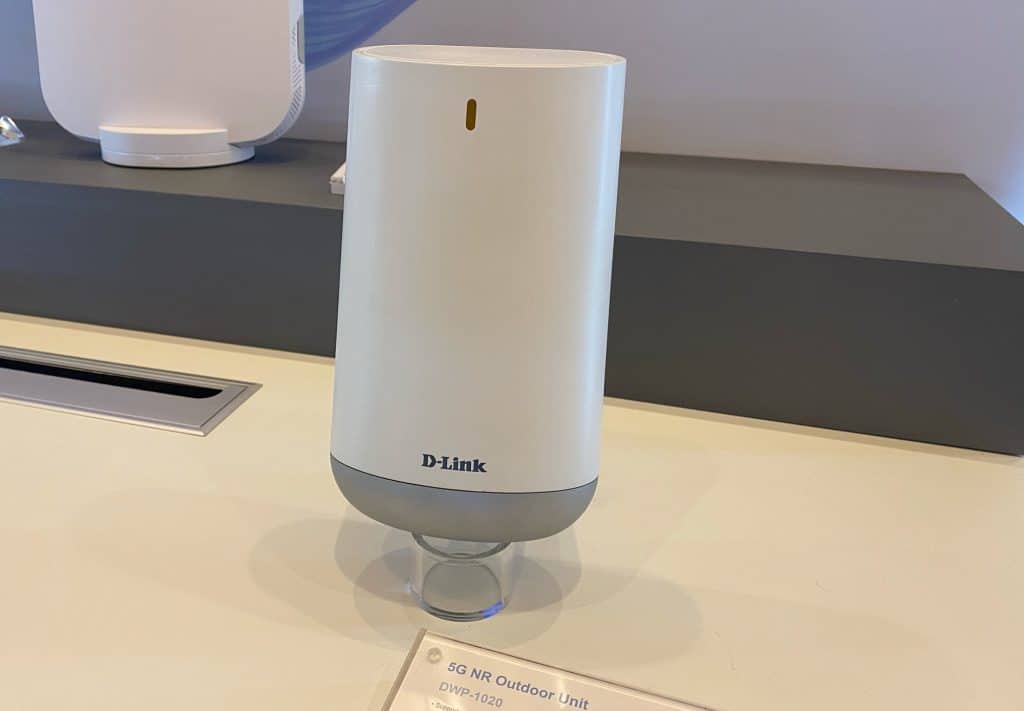More 5G mobiles are available, but they’re not the only way to latch onto a 5G network, as D-Link shows off more ways to get those 5G speeds at home.
As 5G starts to make its way around the country more and more, thanks to all of the major telcos joining in — first Telstra, then Optus, and finally Vodafone — you might be wondering just how you can get it going in your life.
First of all, you need a device to latch onto the network and take advantage of those speeds. Being within the radius of a 5G network will help, too, so check those radius maps if you’re a subscriber of Telstra, Optus, or Vodafone, but once you know where you stand in your own home, the most important aspect will be a device, and this goes one of two ways: phone or router/hotspot.
On the phone side, we’re seeing more 5G devices pop in the market lately, be it from Samsung’s 5G Galaxy S20 range, the Huawei P40 Pro, or even some of last year’s entrants, including the LG V50 5G or the Oppo Reno 5G, and this is a great way of getting 5G going on your phone when you’re in reach.
But if you want 5G access for the home or business entirely, you’ll want to consider a 5G access point for a network, be it a router or a hotspot. They’re essentially the same principle, providing a network-friendly point for multiple devices to connect to, with the main device using its technology to connect to the 5G network.
This week, D-Link is announcing that a few are coming, though they’re made for slightly different things.

First there’s the D-Link DWR-978 5G WiFi Router, a router for the home sporting support for 1Gbps 5G with a SIM slot inside, plus a good 2.6Gbps of 802.11ac WiFi throughput, plus a few Gigabit LAN ports, too. Essentially, the DWR-978 is both WiFi router and 5G modem in the one device, handy if your version of the “NBN” is going to be leveraging the high-speed connectivity a 5G network can deliver (but please keep in mind data costs).
Next is a more portable take on the idea, the DWR-2101 5G mobile hotspot, a more pocket-friendly take on 5G that lets you take the power of 5G to go, and have several devices connect to it. This is your typical approach to WiFi hotspots, the likes of which nearly every major telco has released for the better part of a decade, complete with a screen on the front.
An added bonus, however, is that the D-Link DWR-2101 supports WiFi 6, which means 802.11ax’s Gigabit-capable speeds could theoretically be reached here, and devices that support WiFi 6 — such as recent MacBooks, iPhones, and Android phones — should be able to see those 5G high speeds when the mobile network is behaving the way you want it to.
And finally, there’s a model for businesses, or home users who really want that 5G broadband to work the way they planned, with an outdoor router and modem that’s both IP45 water-resistant and supports 5G, too. You’ll find that in the DWP-1020 (above), a device we saw at CES 2020 that appears less like a wireless router and more of a way to get 5G sent over a wired Gigabit Ethernet port, for getting the power of 5G through the home across both types of 5G that are rolling out, Sub-6 and mmWave.
However while D-Link is rolling out the hardware right now, it hasn’t said what the pricing will be, nor if there will be any telco partners.
We imagine those won’t be far behind, and suspect that the DWR-2101 will likely become part of a 5G mobile broadband solution at one time, while that 5G modem router in the DWR-978 seems well placed to replace D-Link’s typical 4G LTE modem routers in the near future.








